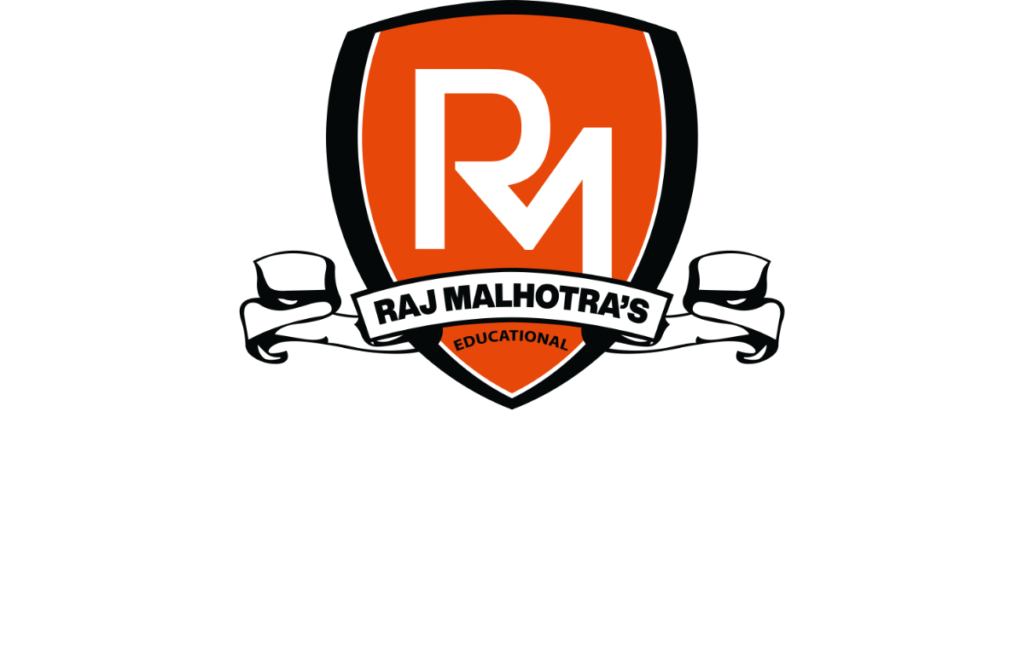With reference to the 'Model Youth Gram Sabha' initiative in India, consider the following statements -
- It is a simulation-based program designed to engage school children in the workings of local self-governance.
- It is implemented by the Ministry of Education as the nodal agency, in collaboration with the Ministry of Panchayati Raj.
- Students participating in this initiative are expected to simulate the preparation of village budgets and development plans.
- The initiative is exclusively rolled out in Jawahar Navodaya Vidyalayas across the country.
Which of the statements given above are correct?
Explanation - Model Youth Gram Sabha is a simulated forum for school children to participate in mock Gram Sabha sessions, designed to strengthen participatory local governance. It is an initiative of the Ministry of Panchayati Raj (not Ministry of Education as nodal agency), in collaboration with Ministry of Education and Ministry of Tribal Affairs. Students from classes 9-12 play roles and hold mock meetings to discuss issues and prepare village budgets and development plans. The initiative is rolled out across more than 1,000 schools nationwide, including Jawahar Navodaya Vidyalayas, Eklavya Model Residential Schools, and State Government Schools—not exclusively in JNVs.
Explanation - Model Youth Gram Sabha is a simulated forum for school children to participate in mock Gram Sabha sessions, designed to strengthen participatory local governance. It is an initiative of the Ministry of Panchayati Raj (not Ministry of Education as nodal agency), in collaboration with Ministry of Education and Ministry of Tribal Affairs. Students from classes 9-12 play roles and hold mock meetings to discuss issues and prepare village budgets and development plans. The initiative is rolled out across more than 1,000 schools nationwide, including Jawahar Navodaya Vidyalayas, Eklavya Model Residential Schools, and State Government Schools—not exclusively in JNVs.





